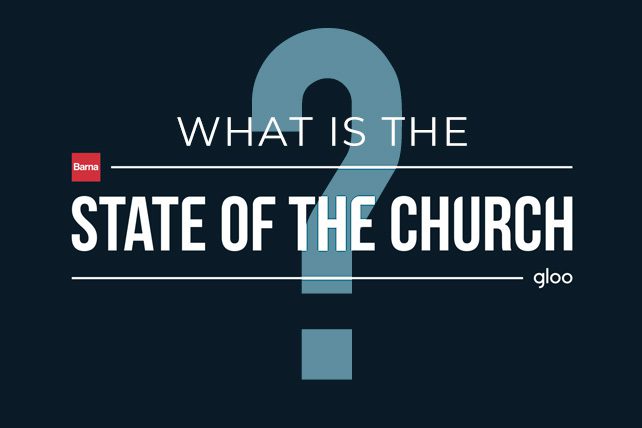4. Emotional Crisis Among Gen Z = A Church Opportunity
Barna’s summer 2024 poll found:
-
39% of Gen Z report frequent uncertainty and anxiety—more than double the 16% seen in Boomers/Elders.
-
29% feel chronically lonely; 26% feel isolated—compared to <10% in older generations.
Importantly, Barna ties stronger Christian faith to greater emotional resilience among Gen Z, presenting a real chance for churches to engage by offering spiritual and mental-health support.
5. Discipleship & Community: The Power of Small Groups
Drawing from the 2025 “Discipleship in Community” research:
-
Church attendance leads to community building—but only 32% of Gen Z and 49% of Millennials report talking with other attendees, versus 73% of Boomers.
-
Attendees in quality small groups report vastly improved experience:
-
68% strongly agree their church fosters deep, meaningful community (vs. 28% in non-group attendees).
-
60% feel these groups help them understand their calling (vs. 20%).
-
Thus, intentionally designed small groups are crucial in fostering belonging, especially for younger generations.
6. Generational Integration: Bridging the Divide
Barna’s 2023 Aging Well study found only 19% of Christians say their church provides cross-generational interaction. Yet:
-
77% of adults aged 55+ report a close relationship with someone younger.
This underscores a latent need for intergenerational relationships—churches can leverage older members’ desire to connect with and mentor younger cohorts.
7. Leadership & Pastors: Strain & Resilience
Although not part of State of the Church per se, Barna’s “State of Pastors, Volume 2” (2025) highlights:
-
Pastors prioritize depth of engagement over size—yet many still lean on attendance numbers to define success (only 8% reject attendance as a success metric).
-
49% believe their church doesn’t sufficiently develop next-generation leaders (from Church Law & Tax).
-
Burnout disproportionately affects pastors under 44—an issue magnified by polarized political and cultural pressures (from Church Law & Tax).
-
Only 20% feel equipped to tackle politics and civic engagement; 45% cite it as a major gap (from Church Law & Tax).
Kinnaman reflects that in an increasingly divided culture, younger pastors especially “need tools like State of the Church to navigate complex issues and foster unity.”
RELATED: WHAT IS THE STATE OF YOUR SOUL? EMBODYING PEACE IN THE AGE OF BURNOUT
8. Digital vs. Physical Church: Post-Pandemic Adaptation
While their pre‑2020 report “Uncertain Digital & Physical Realities” explored digital shift trends (Barna Group), the current initiative via State of the Church 2025 (with Gloo) includes real-time dashboard insights, assessments, and best practices to help pastors nimbly blend remote and in-person ministry.
9. Human Flourishing & Church Thriving: New Metrics
The centerpiece of the initiative is its metrics framework:
-
7 dimensions of human flourishing: finances, health, vocation, relationships, contentment, spiritual formation, mind/meaning—deriving from Barna–Harvard collaboration.
-
15 dimensions of church thriving: from prayer culture to leadership trust, resource stability, discipleship, etc.
These go beyond attendance and budgets (“lag measures”) to illuminate health drivers—and are accessible through Barna/Gloo dashboards and ChurchPulse.

